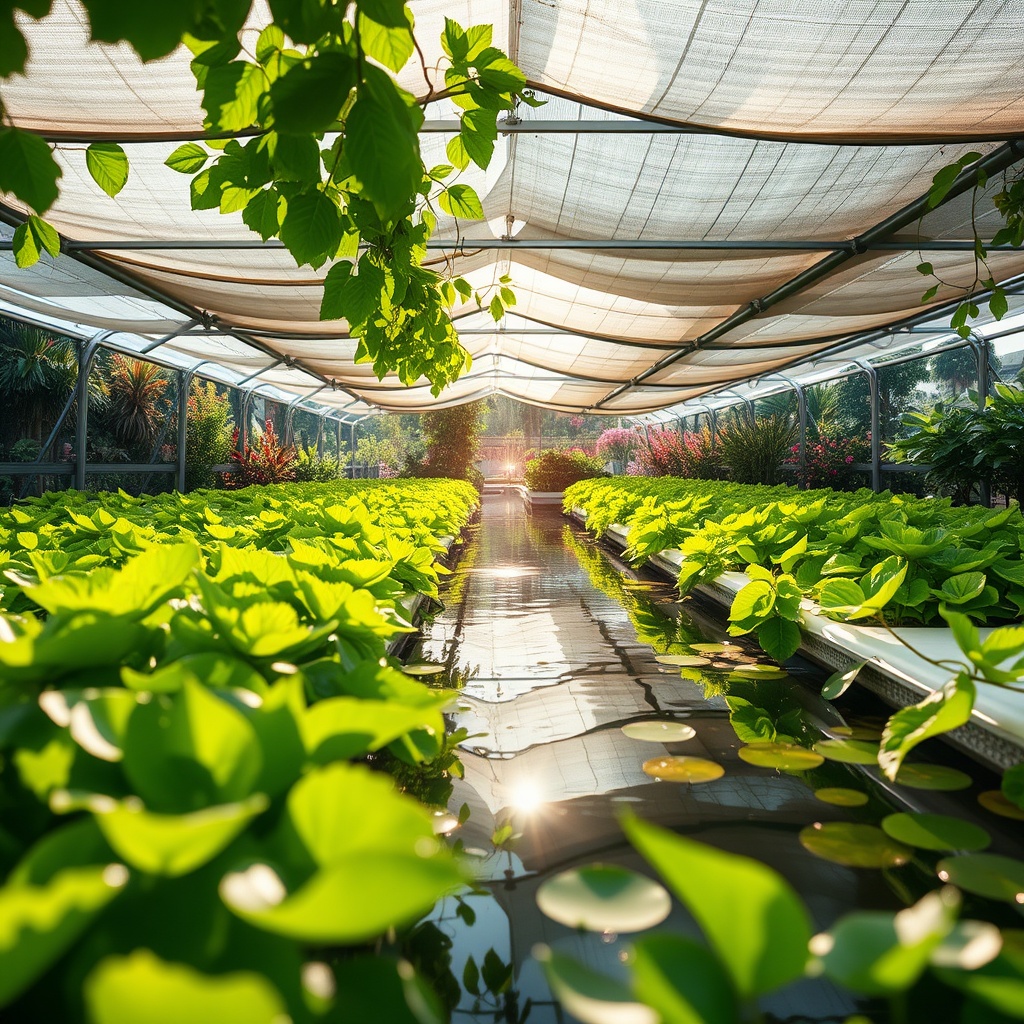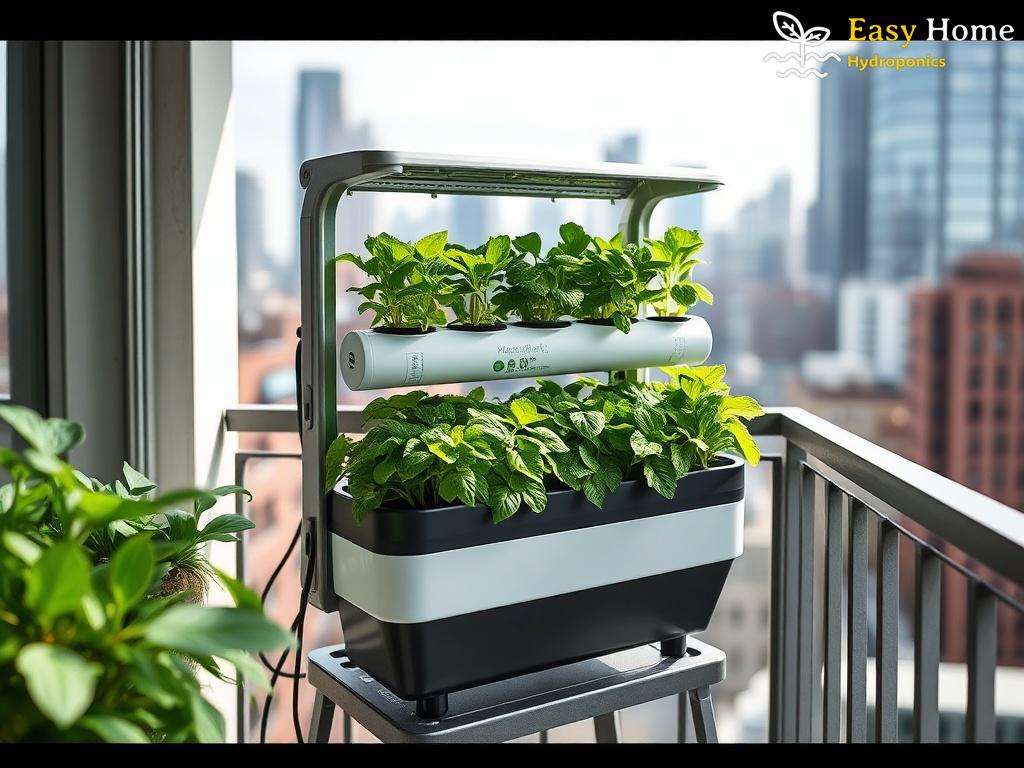Embracing the Elements for Hydroponic Success

In the world of hydroponics, maintaining the perfect temperature of nutrient reservoirs is crucial for promoting healthy plant growth. Overheated reservoirs can lead to root stress, affecting nutrient uptake and ultimately stunting growth. However, nature offers us a plethora of cooling methods that can help keep our hydroponic systems at optimal temperatures without relying heavily on energy-consuming mechanical systems. Let’s explore some inspiring natural cooling techniques that every hydroponic gardener should consider.
Innovative Techniques for Temperature Control

Utilizing innovative natural cooling methods not only conserves energy but also enhances the overall ecosystem of your hydroponic setup. These techniques can be both simple and effective, allowing for a more sustainable approach to controlling reservoir temperatures. Below is a list of proven methods that can effectively cool your hydroponic reservoirs:
- Shading: Using shade cloths or strategically placing the reservoir in shaded areas can substantially lower temperatures.
- Water Features: Incorporating a small pond or fountain can promote evaporative cooling, reducing reservoir temperatures.
- Mulching: Applying organic mulch around the reservoir can help keep the surrounding area cool and insulate the water.
- Natural Ventilation: Ensuring proper airflow around the reservoir can dissipate heat effectively.
- Thermal Mass: Using materials with high thermal mass, like stones or bricks, can absorb heat during the day and release it at night.
Creating a Sustainable Hydroponic Environment
By integrating these natural cooling methods, hydroponic gardeners can create a more sustainable and productive environment. Not only do these techniques reduce the need for artificial cooling solutions, but they also promote healthier plants and a more resilient system. As you experiment with these methods, remember that each hydroponic setup is unique, so it’s essential to monitor the results and make adjustments as needed. Together, let’s embrace the power of nature to cultivate thriving hydroponic gardens!




